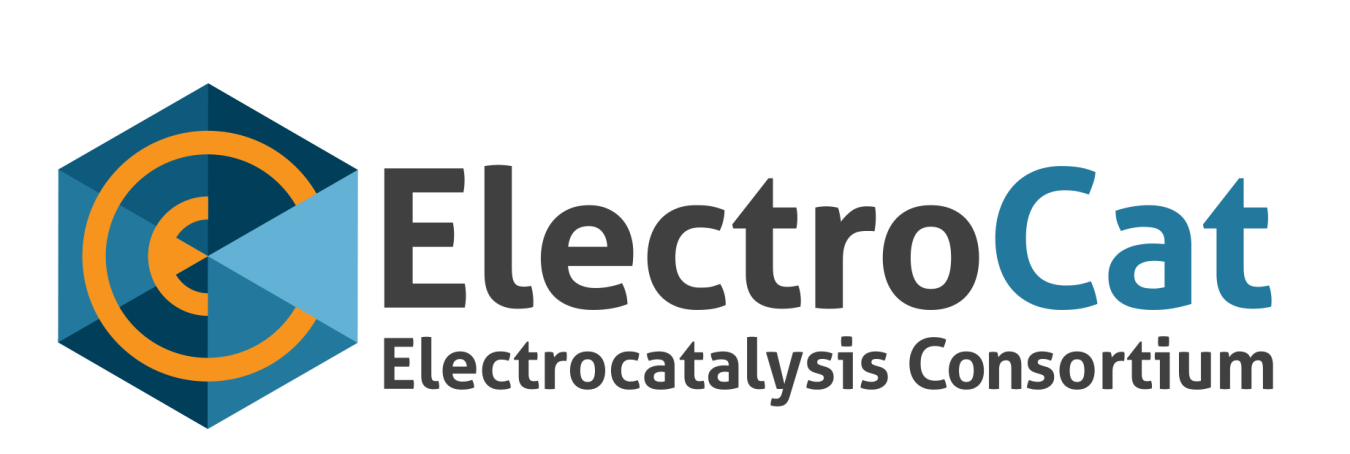
The Electrocatalysis Consortium (ElectroCat) is an initiative to accelerate the development of catalysts made without platinum group metals (PGM-free) for use in fuel cell applications across multiple sectors. Current state-of-the-art fuel cell systems rely on platinum-based catalysts that make up nearly 50% of the total fuel cell cost. ElectroCat aims to bring together a network of enduring tools and expertise across the National Laboratory network under a streamlined, single point of contact interface that makes it easy for industry and academic partners to quickly gain access to the Consortium.
ElectroCat's activities are primarily focused in the areas of high-throughput capability development, multi-scale modeling, and catalyst synthesis and characterization methods. The first two of these will enable researchers to test potential catalyst materials at an unprecedented pace and to do so in an informed manner, respectively. The last of these plays a foundational role in developing the consortium toolset, in aiding Consortium partners in catalyst and electrode development, and in maximizing the benefit of the Consortium overall. ElectroCat is co-led by Argonne National Laboratory and Los Alamos National Laboratory.
The Hydrogen and Fuel Cell Technologies Office has established collaborative research consortia like ElectroCat comprising a core team of U.S. Department of Energy (DOE) national laboratories that supports competitively selected individual projects. These core teams have the responsibility to carry out foundational research and provide support for the individual projects' research efforts. As a part of DOE's Energy Materials Network formed under the Materials Genome Initiative, the ElectroCat network will also actively curate a database to inform PGM-free catalyst and electrode development while also protecting the intellectual property of those working with the Consortium.
Learn more about ElectroCat.
National Laboratory Co-Leads
- Argonne National Laboratory: Deborah Myers
- Los Alamos National Laboratory: Piotr Zelenay
ElectroCat Presentations
- ElectroCat: DOE's Approach to PGM-Free Catalyst and Electrode R&D, Adria Wilson, HFTO Technology Manager (21st International Conference on Solid State Ionics, June 19, 2017)

